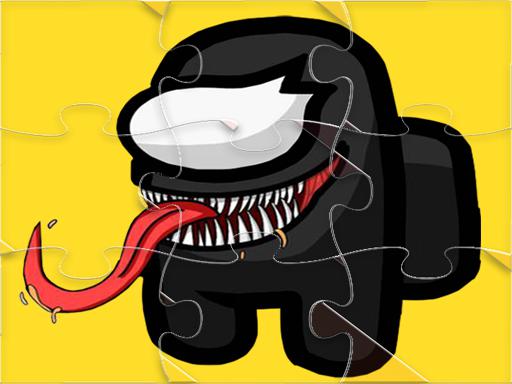

Hands touch many surfaces, which can be contaminated with the virus. So it is wise to clean surfaces regularly, particularly in the vicinity of people infected with COVID-19. The exact time that the virus can survive on surfaces is not yet known.

This is the reason person-to-person spread is happening between close contacts. These droplets are too heavy to travel far in the air – they only travel approximately one metre and quickly settle on surfaces. These droplets can land in the mouths or noses of people who are nearby. It is spread from person to person mainly through the droplets produced when an infected person speaks, coughs or sneezes. “COVID-19 is an infectious disease caused by a new coronavirus introduced to humans for the first time. Exit from the pandemic depends on science and policy finding a way to renegotiate what Bourdieu called the ‘rules of the scientific game’-what counts as evidence, quality, and rigour. Conclusion: The hegemonic grip of medical infection control discourse remains strong. Dominant discourses defined these scientists’ ideas and methodologies as weak, their empirical findings as untrustworthy or insignificant, and their contributions to debate as unhelpful. Aerosol scientists-typically, chemists, and engineers-representing the heterodoxy were systematically excluded from key decision-making networks and committees. This dominant scientific sub-field centred around the clinical discipline of infectious disease control, in which leading actors were hospital clinicians aligned with the evidence-based medicine movement. Political and policy actors at international, national, and regional level aligned-predominantly though not invariably-with medical scientific orthodoxy which promoted the droplet theory of transmission and considered aerosol transmission unproven or of doubtful relevance. Results: Three fields-political, state (policy and regulatory), and scientific-were particularly relevant to our analysis. We explored in particular the links between scientific capital, vested interests, and policy influence. To analyse these, we applied Bourdieusian concepts of field, doxa, scientific capital, illusio, and game-playing. Methods: From one international case study (the World Health Organisation) and three national ones (UK, Canada and Japan), we selected a purposive sample of publicly available texts including scientific evidence summaries, guidelines, policy documents, public announcements, and social media postings.

In this study, we applied theories from Bourdieu to address the question, “How was a partial and partisan scientific account of SARS-CoV-2 transmission constructed and maintained, leading to widespread imposition of infection control policies which de-emphasised airborne transmission?”. Background: Scientific and policy bodies’ failure to acknowledge and act on the evidence base for airborne transmission of SARS-CoV-2 in a timely way is both a mystery and a scandal.


 0 kommentar(er)
0 kommentar(er)
